- Li Ganlang “deconstructed” ancient Chinese architecture with perspectives such as sections, domes and aerial views
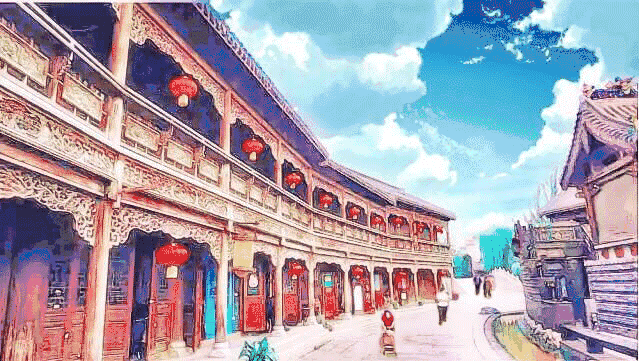
You may have been to the Forbidden City in China, but have you seen such a Forbidden City?
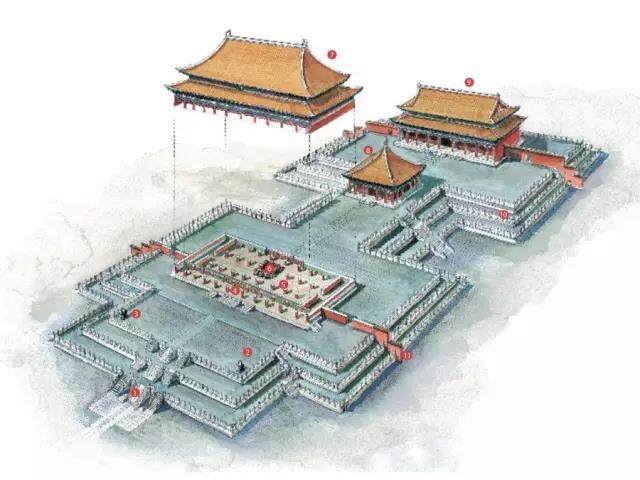
The Three Great Halls of the Forbidden City in Beijing
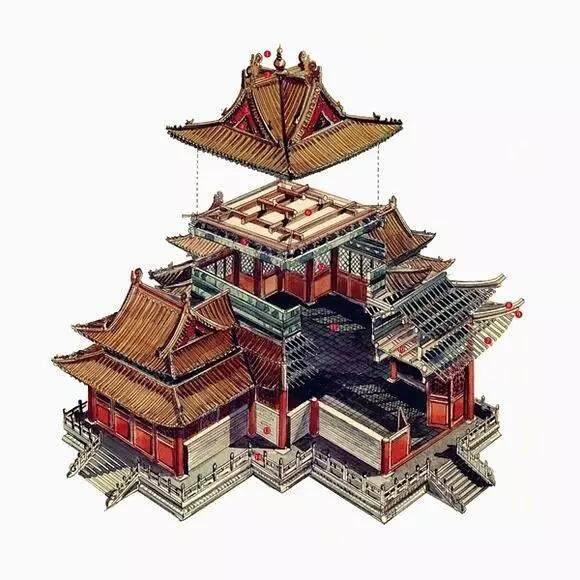
Beijing Forbidden City Corner Building
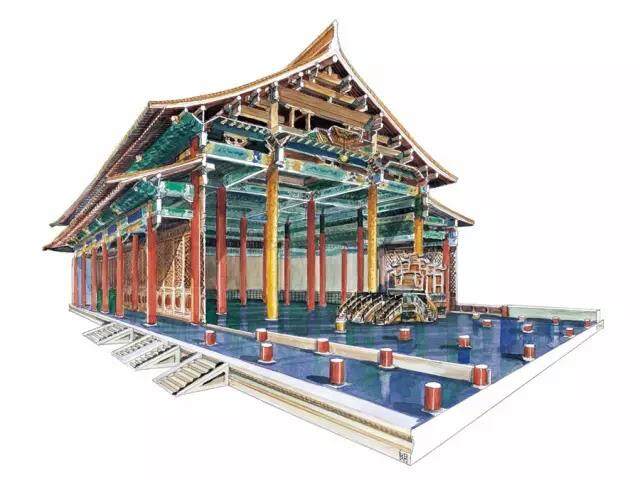
Beijing Forbidden City Hall of Supreme Harmony
Li Ganlang, the "first place" in Taiwan's ancient architecture research, spent nearly two decades traveling through the north and south of the Yangtze River. He screened the most representative 51 Chinese ancient buildings and introduced them to readers. The book of the wall.

Li Ganlang pays special attention to the construction and design of the building, especially the large wooden structure and space configuration. He went to various places to inspect the ancient buildings, the sketchbook and the camera did not leave, a small three-opening hall, he could draw several pictures and take a hundred photos.
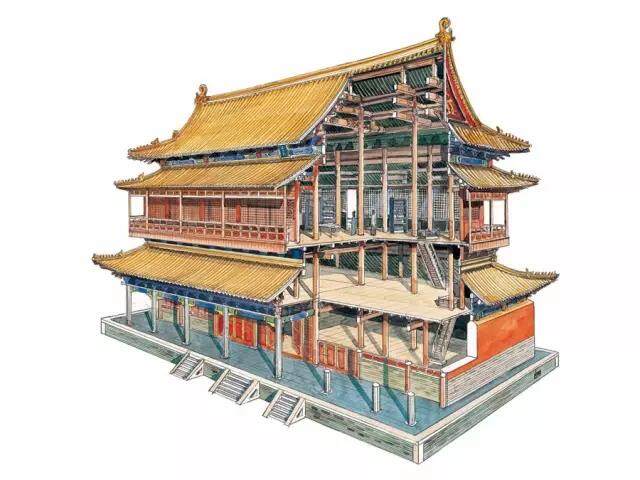
Qufu Pavilion, Qufu Temple, Qufu, Shandong

Beijing Badaling Great Wall enemy station
An example of a book: The East Hall of Foguang Temple is located in Wutai Mountain, Shanxi Province. It is a rare wooden building in the Tang Dynasty preserved in China. Its temple is large in scale and noble in form, and the skill of the arch is skillful.
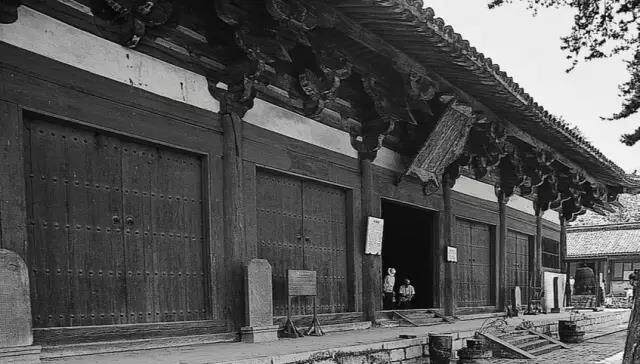
This is a cross-sectional view drawn by Li Ganlang, and its structure is explained through this figure.
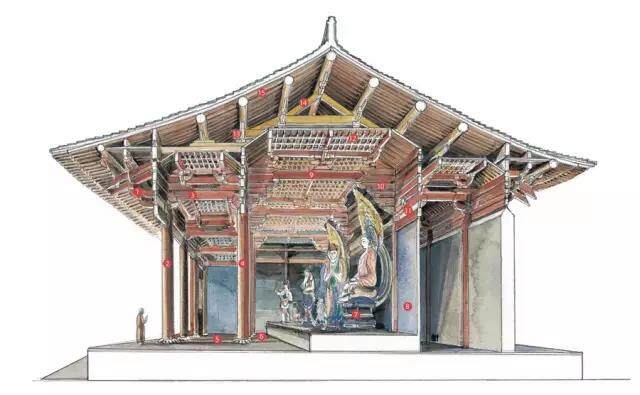
The huge statues of the Tang Dynasty and the precious Tang Dynasty murals in the temple are also rare gems in the history of Chinese art. Everywhere, Li Ganlang takes a lot of photographic pictures, including the appearance and details of the building. These photos provide the necessary material for his cross-section drawing.
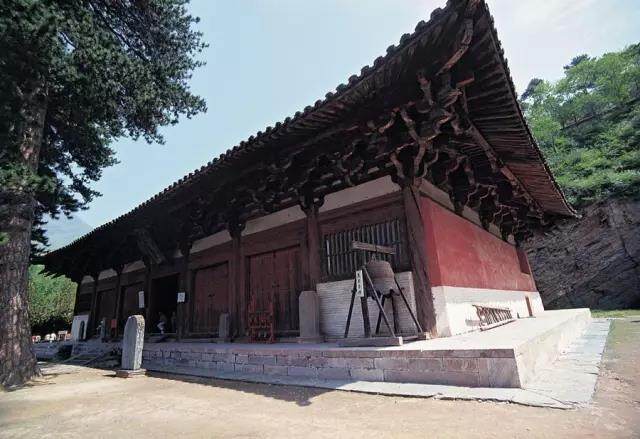
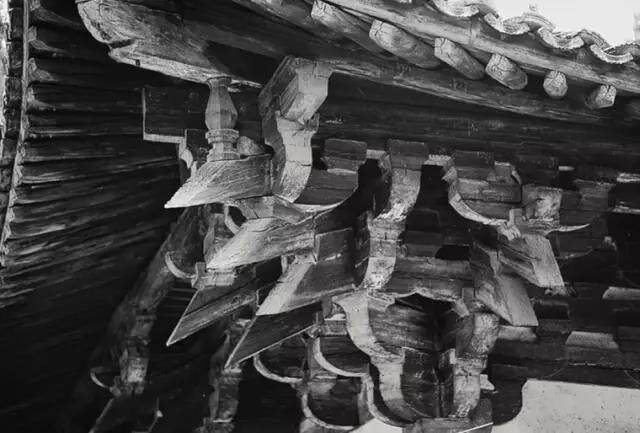
Li Ganlang's hand-drawn line drawing explains the local structure in detail.
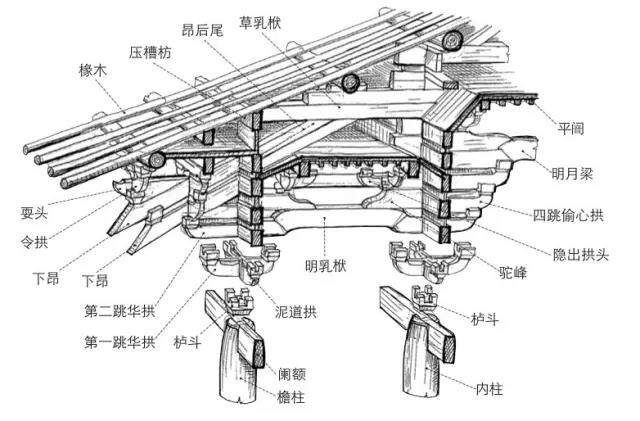
Architectural designer Huang Yonghong commented on Li Ganlang: "His hands, like traditional architects, can always accurately convey what the eyes see and think in the brain. The pictures drawn can be understood at a glance and can lead in a simple way. The sacred people set aside the fog and touched the essence of Chinese architecture."
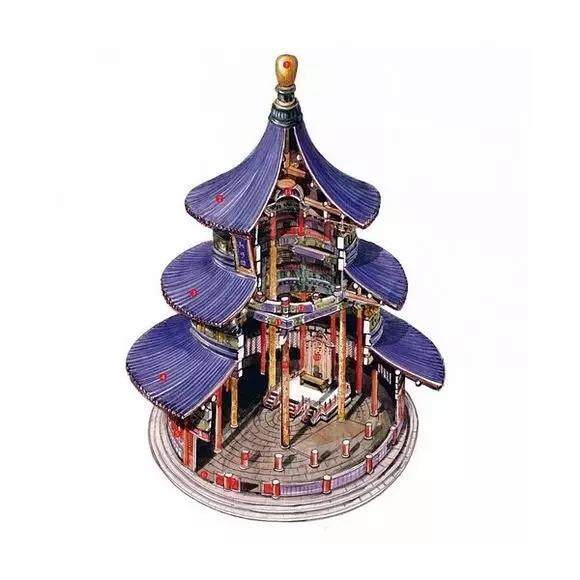
Beijing Temple of Heaven Hall of Prayer
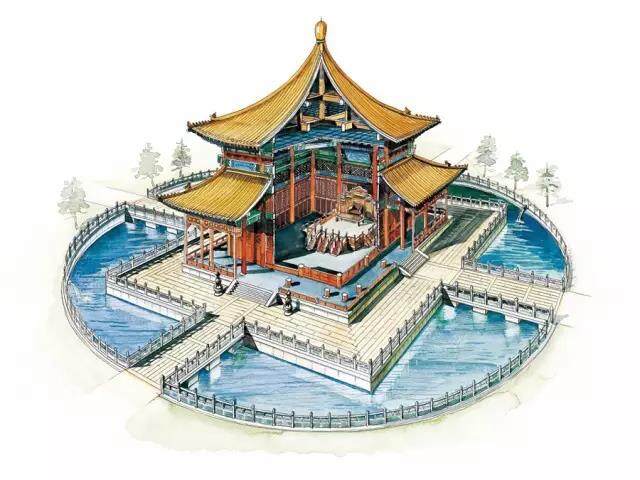
Beijing Guozijian
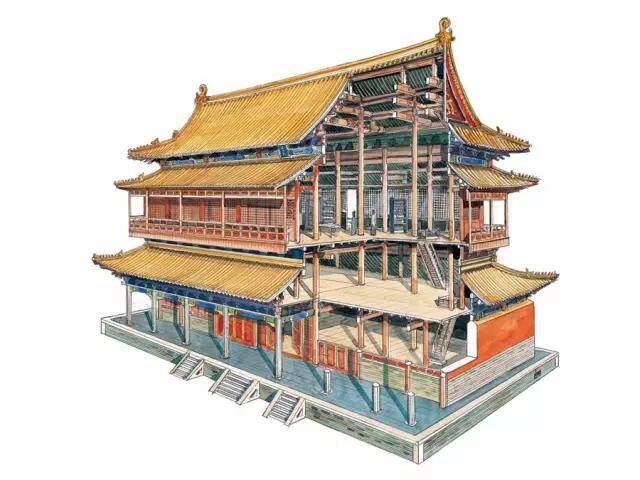
Qufu Confucius Temple Kuiwen Pavilion
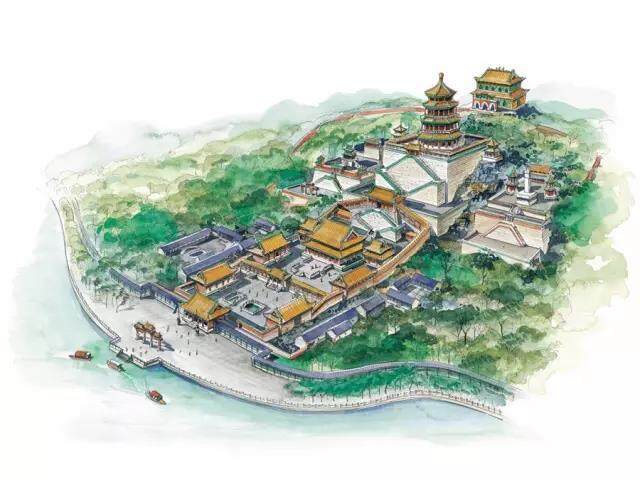
Beijing Summer Palace
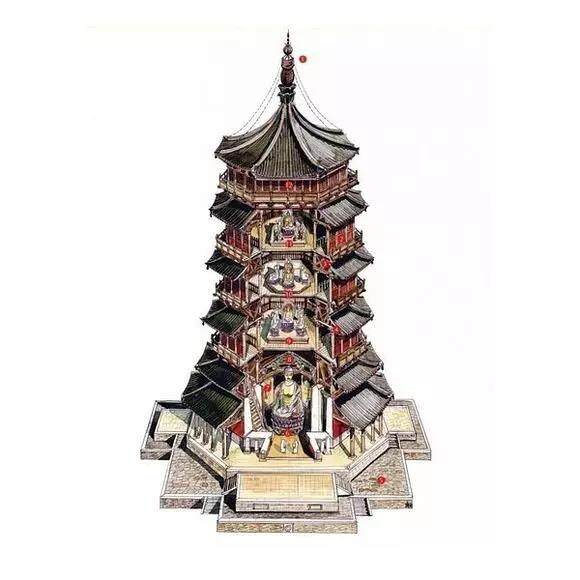
Shijiata, Buddha Temple, Ying County, Shanxi
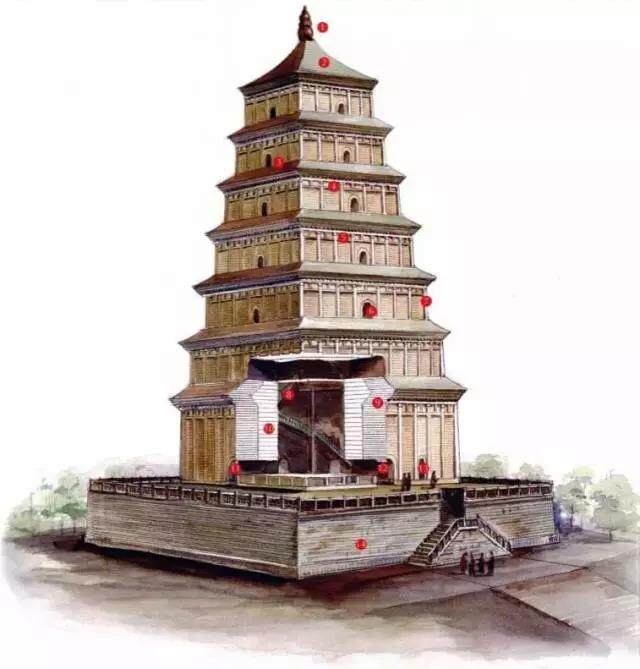
Big Wild Goose Pagoda, Ci'en Temple, Xi'an, Shaanxi
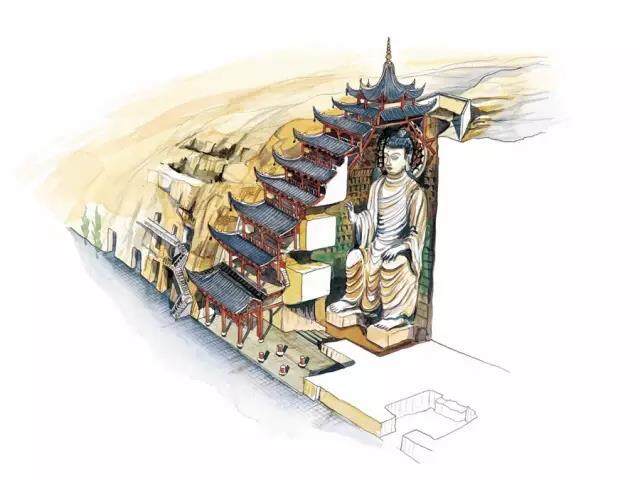
Cave 96, Mogao Grottoes, Dunhuang
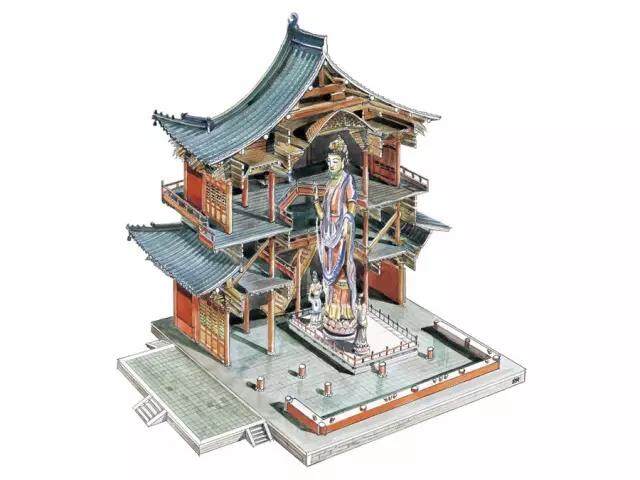
Guanyin Pavilion, Dule Temple, Ji County, Tianjin
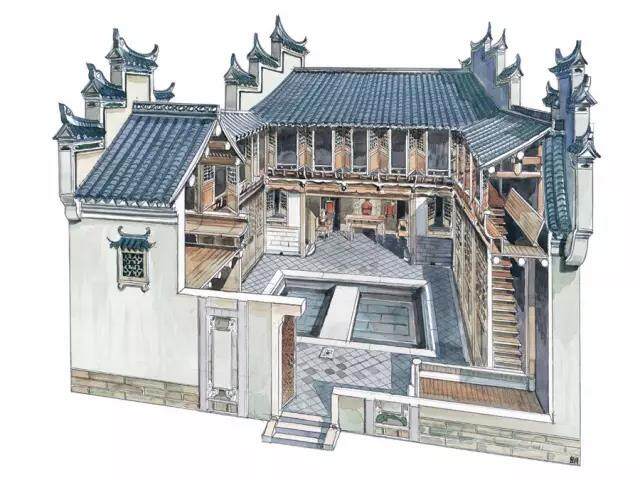
Anhui Minnan Residence
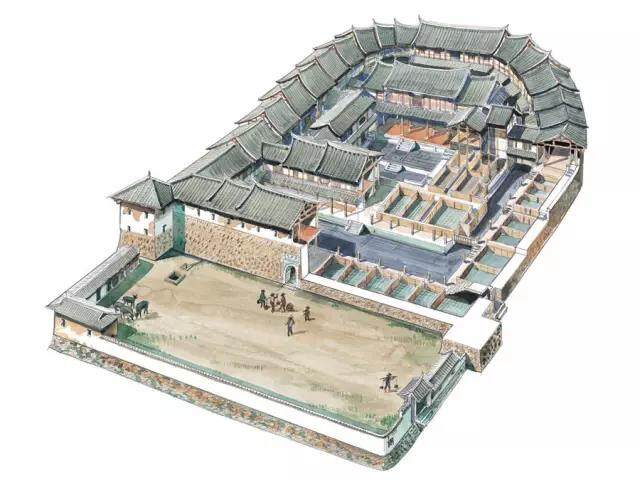
Yongan Fortune, Fujian
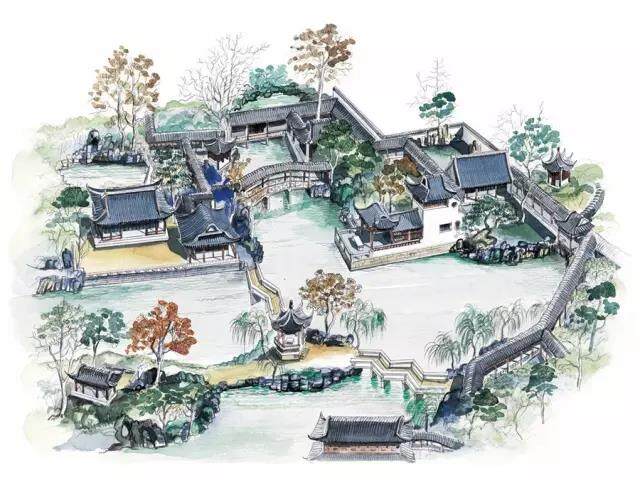
Suzhou Zhengzheng Park, Jiangsu
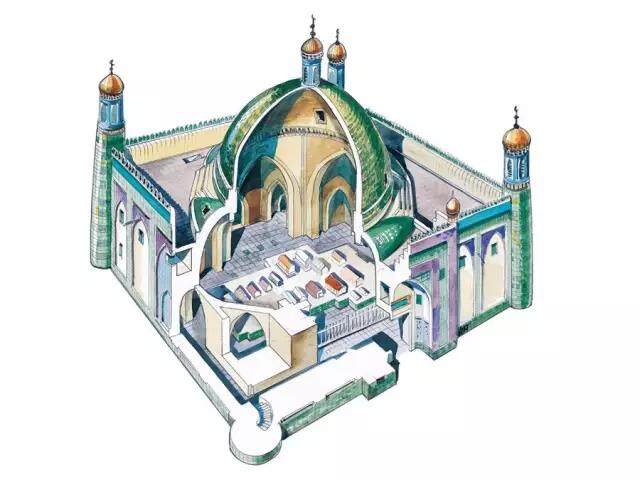
Kashgar Park and Zhuo Maza
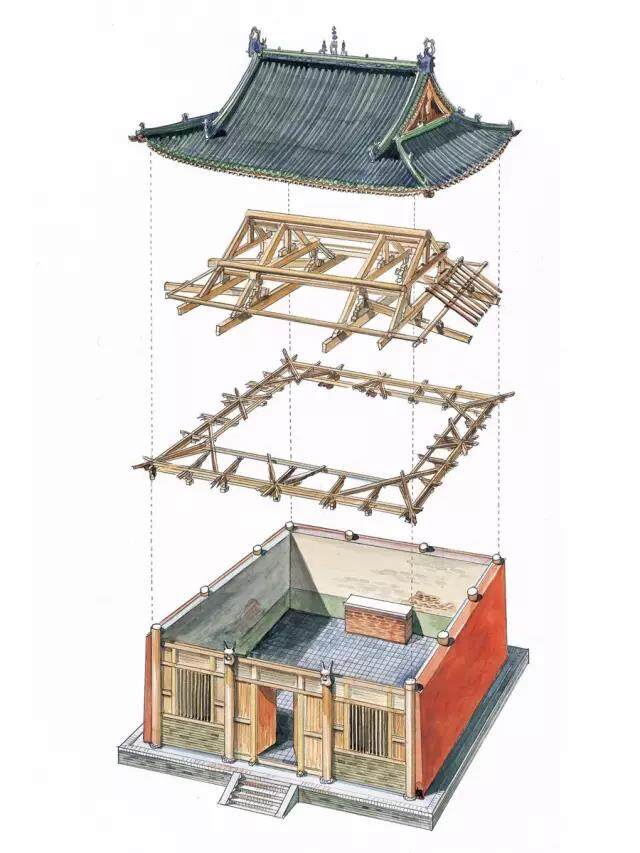
Yanqing Temple Hall
Li Ganlang “deconstructed” these well-known ancient buildings with perspectives such as sections, domes and aerial views. The content covers Buddhist temples, palaces, and houses, including sixteen major buildings. Time from Qin and Han to the Ming and Qing Dynasties, the space spread throughout the land of China. Editor / Zhao Jing
Comment
 Praise
Praise
 Collect
Collect
 Comment
Comment
 Search
Search



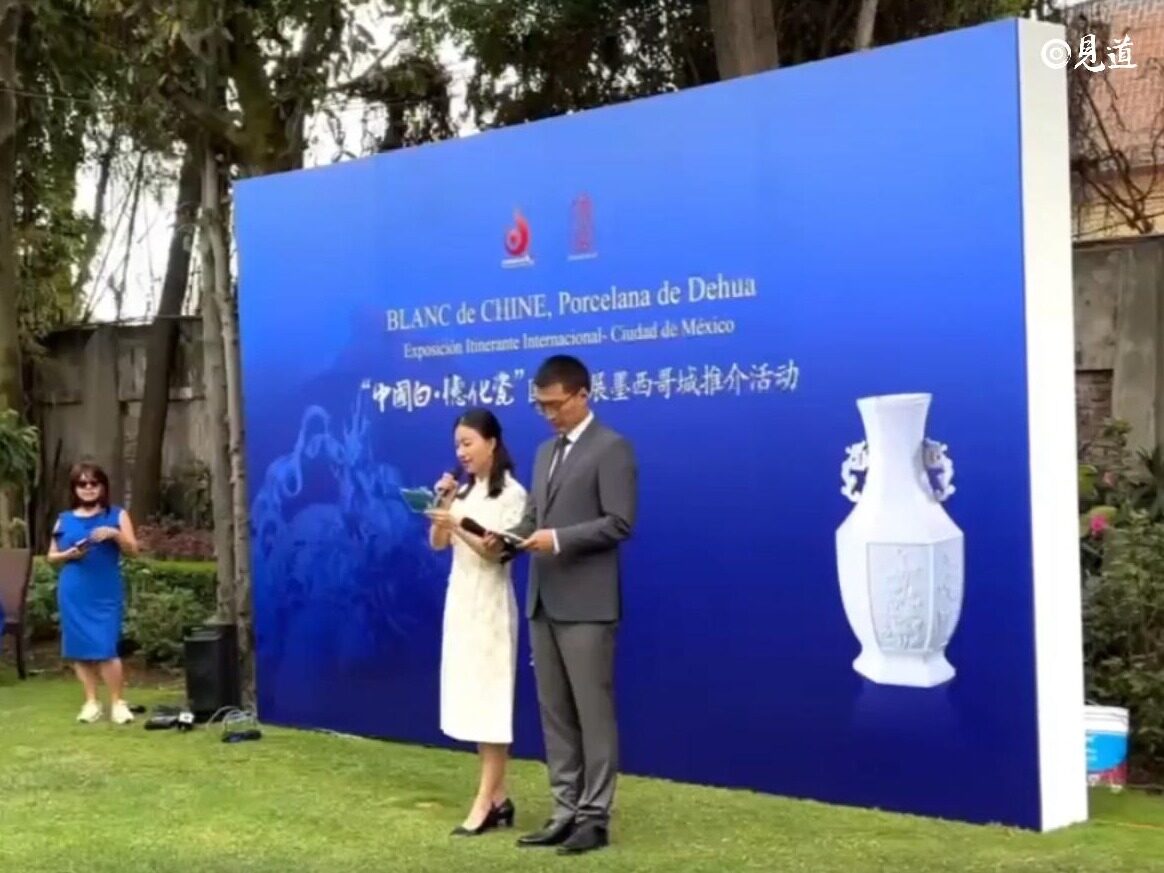

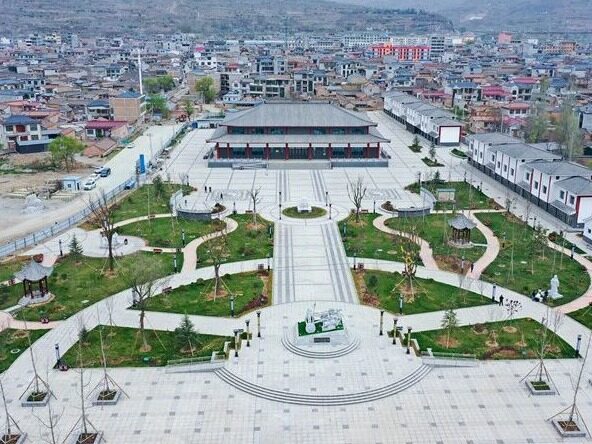
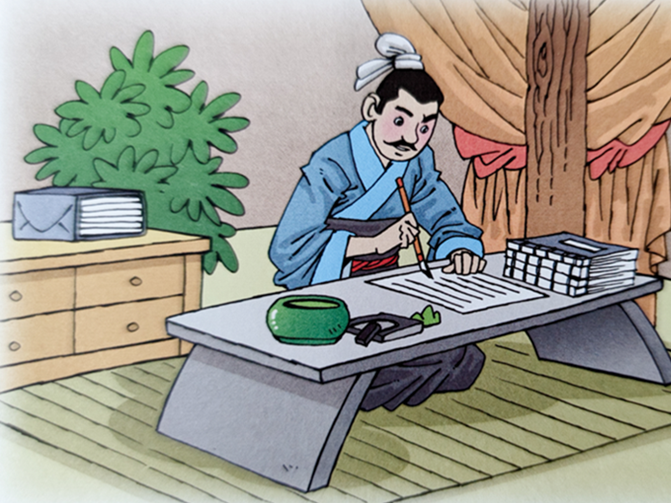
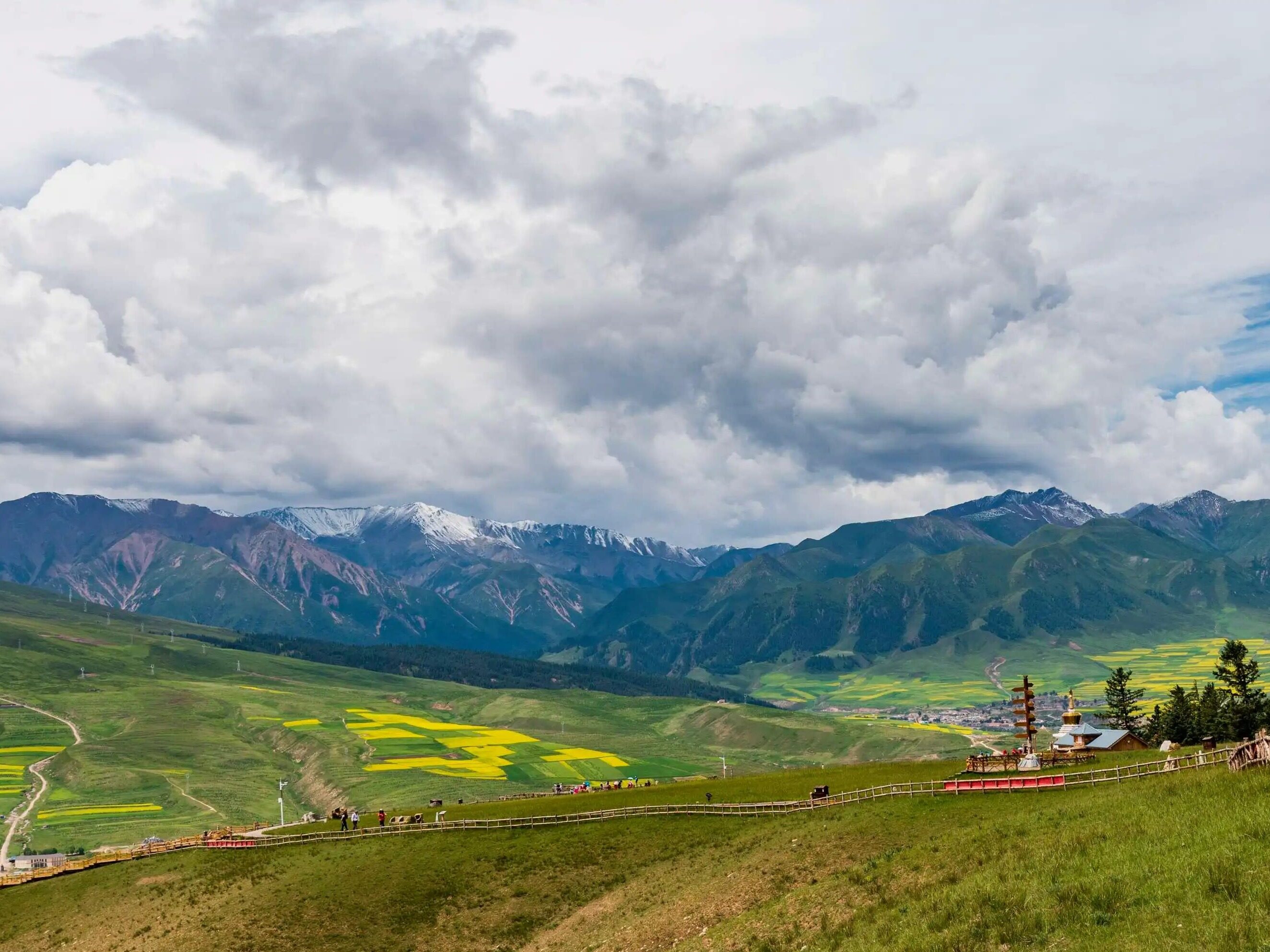






Write something~